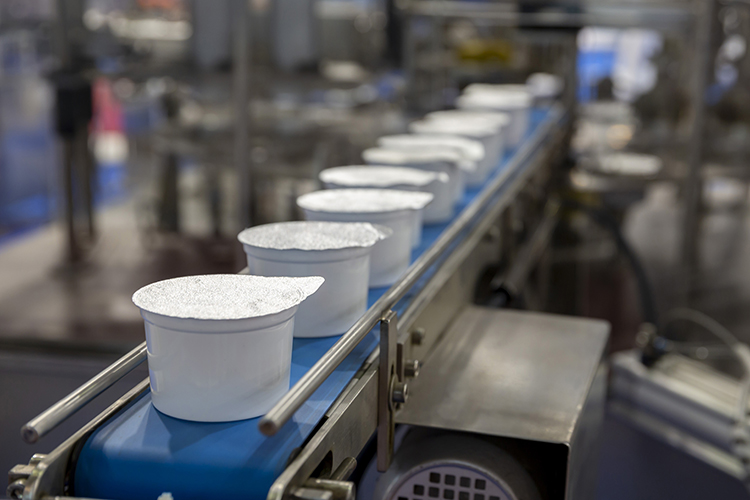
A wrapper for a block of cheese.
A cup for a single-serve yogurt.
A family-sized carton for ice cream.
The containers consumers take their dairy products home in might not be the first factor we think about that’s needed to process our milk, but for dairy manufacturers and retailers, they’ve become a limiting factor in getting products to their customers.
“We aren’t even offering all of our cheese items at this time because we can get the cheese, but we can’t get the packaging film printed to even manufacture and deliver it,” explained Mike Brown on the April 27 Hoard’s Dairyman DairyLivestream.
Brown serves as the dairy supply chain director for Kroger, which operates 2,800 stores across the country and two cut and wrap cheese plants. He said the company is even delaying introducing new products because they can’t get the necessary packaging to put it in — lead times to get new packaging materials can be over a year. Everything from wrappers to boxes to the labor to move the product is short.
The ingredient shuffle
Selling smaller containers is one way manufacturers could try to reduce the impact of the rising cost of their ingredients to make dairy products. Of course, milk prices are up as production slowed in recent months. But ingredients such as egg yolks (used for custard) and sucrose (common sugar used in many food products) are also more expensive, described Ted Galloway.
The dairy processor explained that because of the depopulation of so many laying hens around the country due to the avian influenza, prices for egg yolks have nearly tripled. Growers of sugar beets, which contain sucrose, are concerned about supply because most product is already sold through 2023, and the seeds for this year have just been planted into a drought in the Northwest, Galloway continued.
The cost of those ingredients has lead some of the Galloway Company’s customers to ask if different ingredients can be substituted in their orders for things like sweetened condensed milk and dairy dessert mixes. But that idea circles back to the packaging problem.
“That’s great, but then you have to change your nutritional [facts] that are preprinted and your ingredient declaration,” Galloway said. “You’re three-quarters to a year out on that right now.”
Brown noted that Kroger found itself in that exact situation recently and had to choose not to change ingredients.
The plan of action some grocers have found more doable is modest downsizing of packaging, or making adjustments to what they do have. “In some cases, they’re keeping it in the same package and just filling it less full,” Brown said. “Of course, that doesn’t look very attractive to a consumer.”
Decisions these manufacturers and retailers are facing are unlike anything before, he continued, and they’re not automatic. Costs and availability of freight also play into the choices that are made as shortages and inflation wreak havoc on the supply chain as they have across the rest of the economy. If you can get one thing you need, you may not be able to get another part.
“There are still extreme challenges to get everything in the industry working together. Only parts are really working right now,” Galloway stated.
To watch the recording of the April 27 DairyLivestream, go to the link above. The program recording is also available as an audio-only podcast on Spotify, Google Podcasts, Apple Podcasts, and downloadable from the Hoard’s Dairyman website.
Re-register to continue receiving updates
The next broadcast of DairyLivestream will be on Wednesday, May 18 at 11 a.m. CT. As of January 2022, we moved to a new system. If you have not yet, you will need to re-register to continue receiving email updates and links to the webcasts. You can sign up here now. Registering once will sign you up you for all future events.








